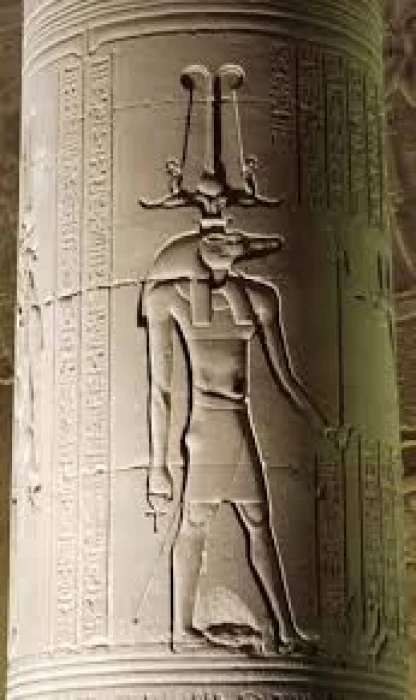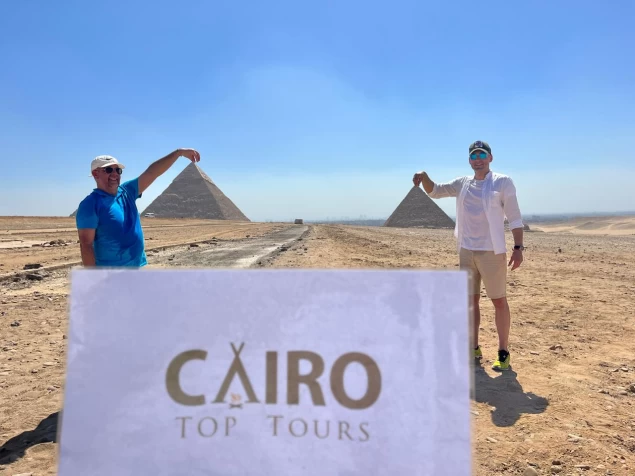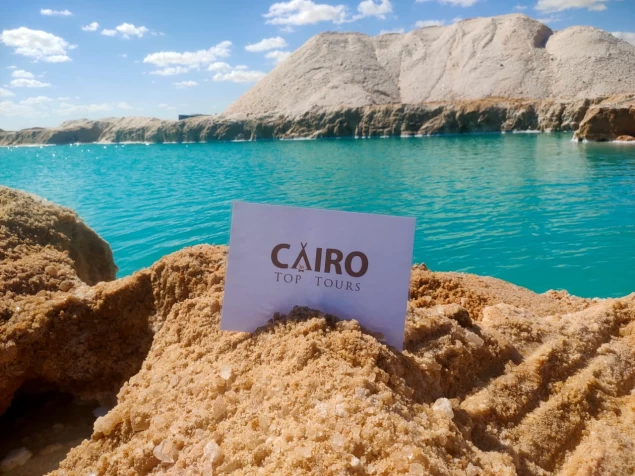
God Sobek
The god of ancient Egypt
Sobek – Crocodile deity considered by the inhabitants of the fertile region of Fayyum as the creator of the universe, the demiurge who ordered the world, the supreme god whose anger must not be stirred up under any pretext, Sobek would have emerged from the muddy waters of the primordial ocean to create the universe. Adored at Kom Ombo, on the right bank of the Nile, about fifty kilometres north of Aswan, its temple, erected in the Ptolemaic period, has the particularity of being a double sanctuary, dedicated in its left part to the cult of Haroëris the falcon, god of the sky, and in its right part to that of Sobek the crocodile, sovereign god of waters and fertility.
The two deities complement each other: the first embodies light, the second, water: two essential elements to life. Sobek will even be charged to recover at the bottom of the Nile the hands of Haroëris cut by Isis because they were stained by the semen of Seth. Sobek also takes the four sons of Haroëris, guardians of the canopic vases, born from a lotus flower, the lily of the Nile, and drifting on the primordial ocean, and puts them to safety.
Sobek is an aquatic god associated with fertility. Its mere presence makes the vegetation grow. Some even claim that you can hear him laugh when the flood begins. Voracious animal emerged from the darkness of the primitive world, the divine crocodile is associated with monsters of the underground universe and enemies of the earth balance.
Half-man, half-alligator, he is considered as the ally of Seth who would have dressed in a crocodile skin to escape the punishment that he incurred for having killed his brother Osiris, god of the dead and pharaoh of the first times. It is because he would have eaten the fragments of the skinned body that the crocodile would be provided with a big mouth and so many teeth.
At the end of the Middle Empire, several pharaohs of the 13th dynasty give their reign under the protection of the crocodile god by taking as name: Sebekhotep, which means "Sobek is satisfied". Alone in all of Egypt to refuse to divinize a common reptile, the inhabitants of Elephantine Island commit the sacrilegious act in the eyes of the rest of the country to eat crocodiles, considered as simple staple food.
God Sobek is considered to be a patron of the Egyptian army and a defender of the Pharaoh. He was worshiped widely during the old kingdom. Sobek’s name is found in the Pyramid Texts, the oldest known corpus of ancient Egyptian religious texts. In the Unas Pyramid Texts, the pharaoh Unas is said to be “Sobek with a green feather, with watchful face, with uplifted brow”.
Sobek was the crocodile god of the Nile River, and it is known that the ancient Egyptians feared and respected the power of crocodiles, so «Sobek» was considered. As a shepherd of soldiers and protector of the pharaohs, he was also a god who would restore souls damaged in battle or death to their previous physical health, including their sight and senses... In some ancient Egyptian texts, he was the god of creation and was believed to have created the earth.
In some legends, Sobek recovered four sons of Horus from the Nile when they emerged from the lotus flower by hunting them in nets, and the sons of Horus were protectors «liver, stomach, lungs, and intestines». «Sobek» was usually closely associated with Horus, and was sometimes mentioned as having helped deliver Horus when he was born, and was also associated with Horus because Horus turned into a crocodile to retrieve his father, Osiris, when he turned into a group scattered throughout the Earth.
The consort of Sobek differs from place to place, though the goddesses most commonly paired with him are Hathor, Renenutet, Heqet, and Tawaret. Additionally, Sobek is sometimes referred to as the father of Khonsu, Khnum, or Horus.
She was the spouse of Sobek Reninotet, the serpent goddess who guarded the fertility and crops of the pharaohs. Khonsu, the son of the couple, was revered as the moon and time god.
Sobek is said to be the son of Neith, another old deity of the ancient Egyptian pantheon. Neith is said to have given birth to her children without a partner. In others, however, it is believed that Seth was the father of Sobek. Yet in other accounts, Sobek is said to have emerged out of the primeval waters of Nun.
A myth said that the crocodile god created the world and the Nile was formed from his sweat. Sobek’s association with the Nile also meant that he was regarded as a fertility god who was responsible for ensuring the fertility of the land. In another myth, Sobek created the world by laying eggs on the bank of the waters of Nun.
The Gods of ancient Egypt were very much like humans they loved and hated, they felt jealous and fought, they took revenge, killed, and also died during an amazing myth full of joyful, action, and dramatic events that inspired modern movie directors and producers to create world-famous movies about the grandeur of the Pharaohs and the Gods they worshipped.
The cult of Sobek was one of the oldest cults in ancient Egypt. The god first appeared in a seal from the reign of King Narmer, the first ruler of the First Dynasty. The seal shows Nile crocodiles facing a specially designed shrine. Later, this shrine became a symbol of the ancient city of Shidet (present-day Fayoum).
After the end of the Old Kingdom, the god Sobek became famous as a local god of Sumino, a region in the Theban region. Sobek's followers had been worshiping him there since a Heraclopolitic period.
This was the time when the Ninth and Tenth Dynasties ruled Egypt from the Delta region. But the matter ended with the ruling family taking control of Upper and Lower Egypt in the eleventh century by the kings of Thebes.
During the reign of Amenemhat III, the cult of Sobek in Sumino grew dramatically and became the second most popular cult after Shidet.
The crocodile has been associated with the Egyptians since ancient Pharaonic times. It was a symbol of both good and evil, as it appeared in a contradictory way among the ancient Egyptians, between sanctification, hatred and desecration. It was a symbol of the god Sobek, who in the era represented the "key to life", the symbol of life, but it was also a symbol of Satan among others.














